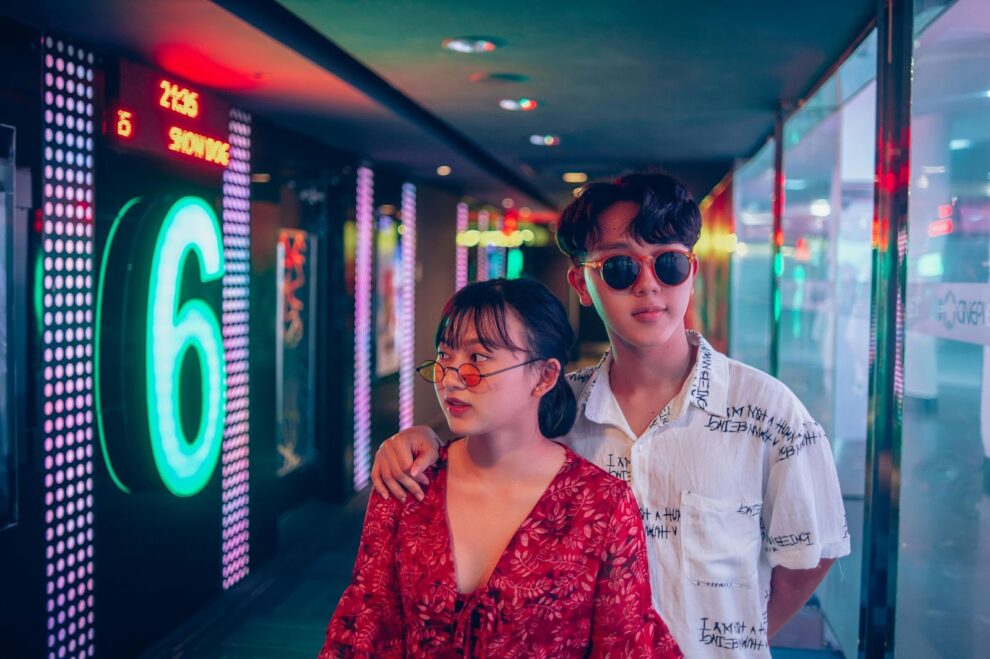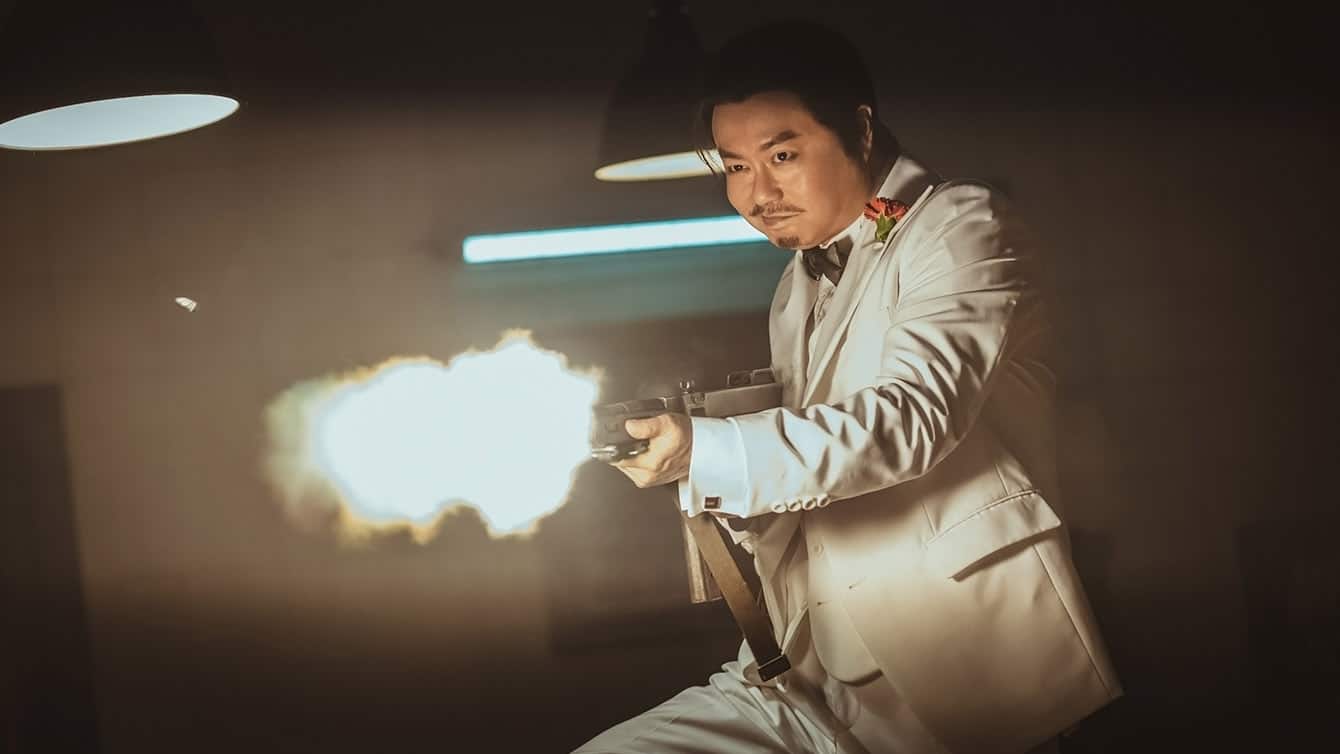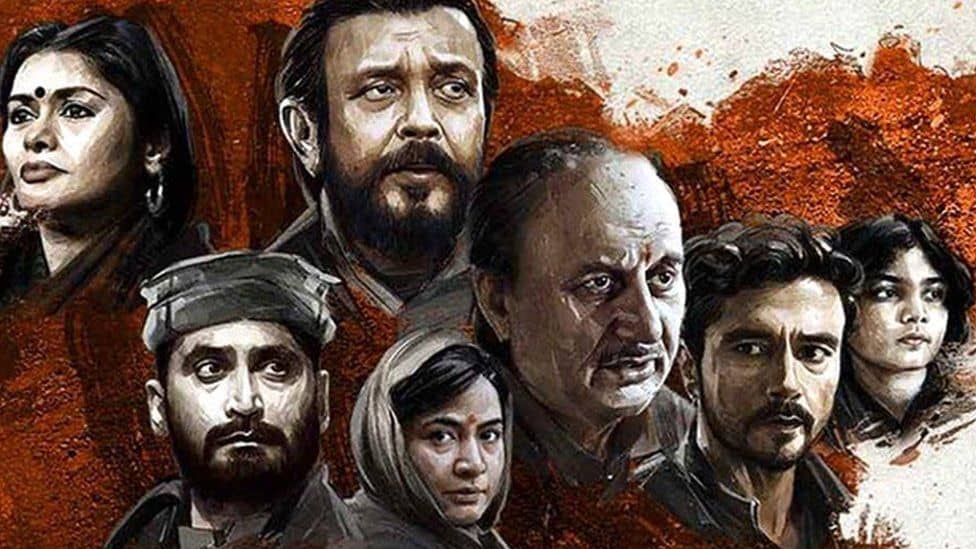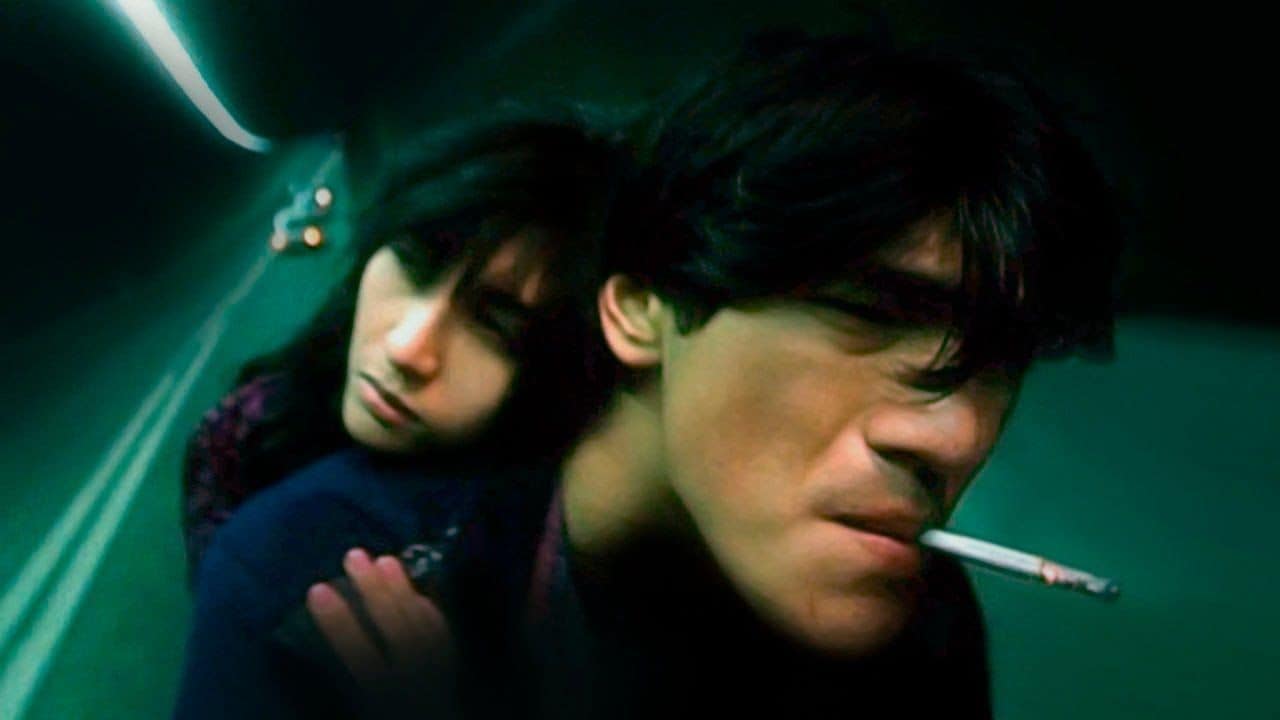Hollywood’s influence is visible in all parts of the world. It has created legendary films, iconic scenes, actors, scripts, sets, and memories for thousands of moviegoers. On the other side of the world, Asian cinema was quietly thriving and enjoying its unique approach to storytelling. And while the East and West doctrines mix, from their fusion came many established tropes.
The lone cowboy in the Wild West is a similar concept to the lone Samurai coming to a village, for example. A hero’s noble journey to triumph against all odds. A band of misfits who band together to overcome a greater threat. These and many other movie trends have their roots in both Western and Asian cinematography, but today, we’ll point out some of the styles that traveled over the canvas from West to East.
1. Outlaw life romanticism
A lone cowboy rides into a saloon. Poker, whiskey, dames, piano, and a shootout are guaranteed. Making anything look cool is the first way to make it popular, and over the years, Hollywood has done that with numerous songs, people, gestures, products, and habits. And that translated over from the big screen into real life. As iGaming expert Narathip lists on his เว็บพนันออนไลน์ต่างประเทศ, you can even play poker, just like the cowboys, with huge bonuses, fast withdrawals, and much less chance of a shootout.
Cigars, whiskey, the grizzled appearance, and the traditional cowboy attire are some of the most recognizable habits on the planet, and they all came from Westerns. Romanticizing the Wild West has captivated the minds of many Asian moviegoers and filmmakers, finding similarities between their cultures and adding flavor to it.
2. Old versus new
Asia is the perfect mix of old and new. Traditional music, architecture, engineering, cultural norms, food, and other cultural aspects have survived the test of time, and are present today. Yet, on the other hand, Asia is the tech hub of the world, producing staggering technological progress, with some examples being Tokyo and Singapore, as futuristic cities with a strong tech sector.
Robots, advanced computer technology, crypto gambling, state-of-the-art devices, flying cars, and incredible prototypes are just some examples of technological advancements from the East. So, what does that have to do with movies? The conflict of an old tradition that meets modern times is a familiar concept in Hollywood many times. A small-town boy grows up in a nurturing family and then travels to the Metropolis to make it big.
A business tycoon who aims to turn the local baseball field into a factory. In the conflict of old versus new, technology versus nature, and progress versus tradition, we find many elements that have poured into Asian cinema. The topic of a generational clash, where newer generations are finding their place under the Sun while trying to solve a conflict with their parents or older generations, is ever present in Asia. Strong cultural norms, a rigid societal structure, and even a caste system are present throughout Asia.

Add to that staggering technological progress mixed with centuries of strong cultural presence, and the themes for showing conflict and its resolution are abundant. The topic of youthful rebellion as they find their way through life and try to reconcile old and new inside and around them, may have started in the West, but it will resolve in the East.
3. Extravagant display
Hollywood has no shortage of the grandiose, over-the-top presentations that strain the movie’s budget. Lush scenery, town-size movie sets, extensive use of CGI, traveling and shooting on set in various worldwide locations, expensive clothes, and excessive use of effects, are what Hollywood is known for.
Anything goes, and the purpose of the movie is to woo the audience, make them gasp in disbelief, and challenge the filmmaking norm. This extravagant, flamboyant, and excessive style of filmmaking, which thrived in the 60-70s period of Hollywood, found its roots in Eastern cinematography. Turns out that audiences from both sides like a spectacle, and if you wish for one, there is no better place than Hollywood. Eastern filmmakers have adapted and shown large-scale battles, breathtaking dynasties, wondrous myths, flashy fight styles, and even giant-sized battles of robots versus monsters (or just monster versus monster).

Today, showcasing excessive wealth or effects has become even easier than ever. Modern CGI has come far, and its only limit is our imagination. Movie budgets are in the hundreds of millions, and there is no shortage of creative output. From clothes to wealth, scenery, or scale, depicting the grand size and countless millions in battle is all possible, and Eastern cinematographies have embraced the practice.
4. Mockbuster
Movies can be grim, dark, serious, and gripping stories. But they can also be broken down and their parts exaggerated. One of the legendary movie directors, Godfrey Ho, has done this for so long and well that he has created an entire subgenre of movies called the mockbusters. The mockbuster phenomenon is a concept where a popular action movie is remade into a B-grade slap-stick comedy.
By respecting the source material, Godfrey Ho deliberately builds on some of the original movie’s flaws, exposes them, and dials them up to eleven. The shameless, extravagant, and direct comedy is more of an homage rather than ridicule. We can use the Scary Movie series as an example of ridicule and a Western attempt at mimicking the mockbuster phenomenon thriving in the East. As long as Hollywood keeps producing action movies, the mockbuster will have material to thrive on.
5. Cinematic universes
Sequels are great for moviemakers. They tap into the established fan base and have all the elements needed for a movie. Cinematic universes are the next best thing because they combine multiple movie sequels into a single universe. For storytelling or monetary reasons, the current oversaturation of cinematic universes in the West is yet to be resolved, but the concept of multiple movies linked together has found its way to the East.
Notable producer Hou Hsiao-Hsien has created his cinematic universe, as just one example of the movie practice which has found fertile soil in the East. Cinematic universes can be seen as period storytelling, but what was common practice for series, has translated over to movies, making them, in a way, a very long episode of a series. Cinematic universes have a devout fan base, on both sides, rich lore, and span over dozens of movies. Recently we’ve seen the adaptation of comic books into movies, and the East is not lacking.
Manga is incredibly popular in the East, and it’s only a matter of time before some of that rich source material gets its cinematic universe made in the East. Good stories know no boundaries, and the eastern scene is ripe with thousands of incredible tales, ready to be told.













